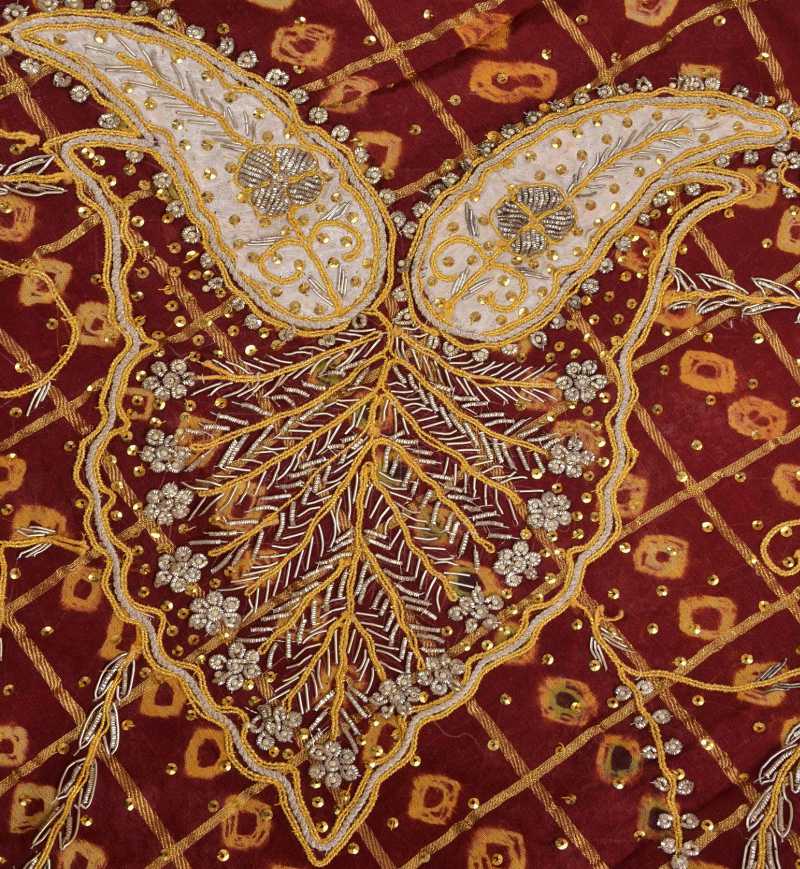===
0318,
2
===

=== |
 |
chaalaak : 'Active, alert, fleet, nimble, quick, smart; expert, dexterous; clever, ingenious; laborious, hard-working; vigilant; artful, cunning, designing, astute'. (Platts p.418)
laagnaa is a variant form of lagnaa
qurb-o-javaar : 'Vicinity, near neighbourhood, environs, suburbs'. (Platts p.790)
FWP:
SETS == IZAFAT
MOTIFS == CHAK-E GAREBAN
NAMES
TERMS == IZAFAT; MEANING-CREATIONFor an explanation of the 'collar', which is of course the vertical neck-opening of a kurta, see G{17,9}.